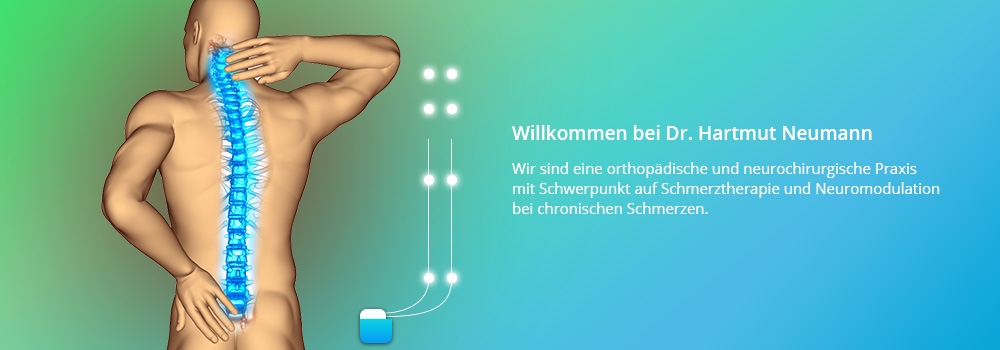Peripheral Artery Occlusive Disease
It is thought that over 4.5 million people in Germany suffer from peripheral artery occlusive disease (PAOD). PAD is an illness that results in the blood not reaching the arms or legs, or only reaching them to a limited extent, due to a narrow section or blockage in the blood vessels.Most often it is the legs that are affected, and three times as many men as women are affected. Smoking, high fat levels in the blood, high blood pressure and diabetes are the main causes. The result is pain caused by a lack of oxygen in the tissue, and because this is a degenerative illness, usually caused by arteriosclerosis, the pain usually first occurs when pressure is applied, like when walking, for example. If sufferers can only walk short distances, then this indicates stage II of the condition, which is nicknamed “window shopping disease” in German.
A distinction is made between several stages. The first stage is characterised merely by pain when pressure is applied, which goes away again when the pressure disappears. The second stage is divided into stages when the patient is able to walk under or over 200 m before symptoms appear. The third stage is characterised by rest pain and tissue inflammation or black areas on the skin (smoker’s leg), which is called gangrene and necrosis. In the final stage, these necrotic areas spread and become inflamed.
The implantation of a spinal cord stimulator (SCS) is a tried and tested therapy that is recommended by health insurance companies and all professional medical associations. This usually means that amputation of a leg can be avoided. As many medical professionals fail to inform patients about this possibility, we unfortunately often see patients that have already had a leg amputated. Please come to us before this happens if you are suffering from stage II PAOD.

